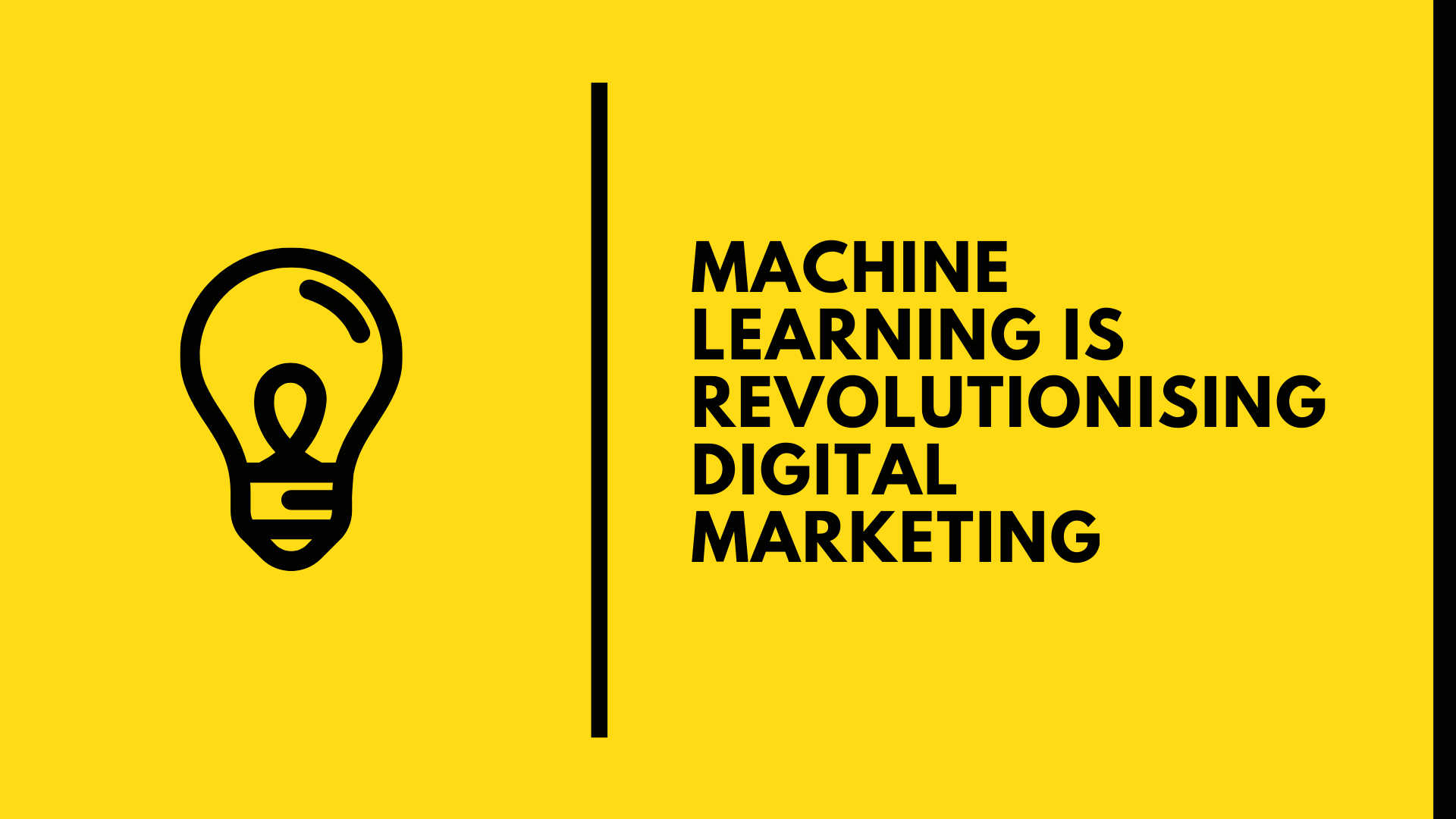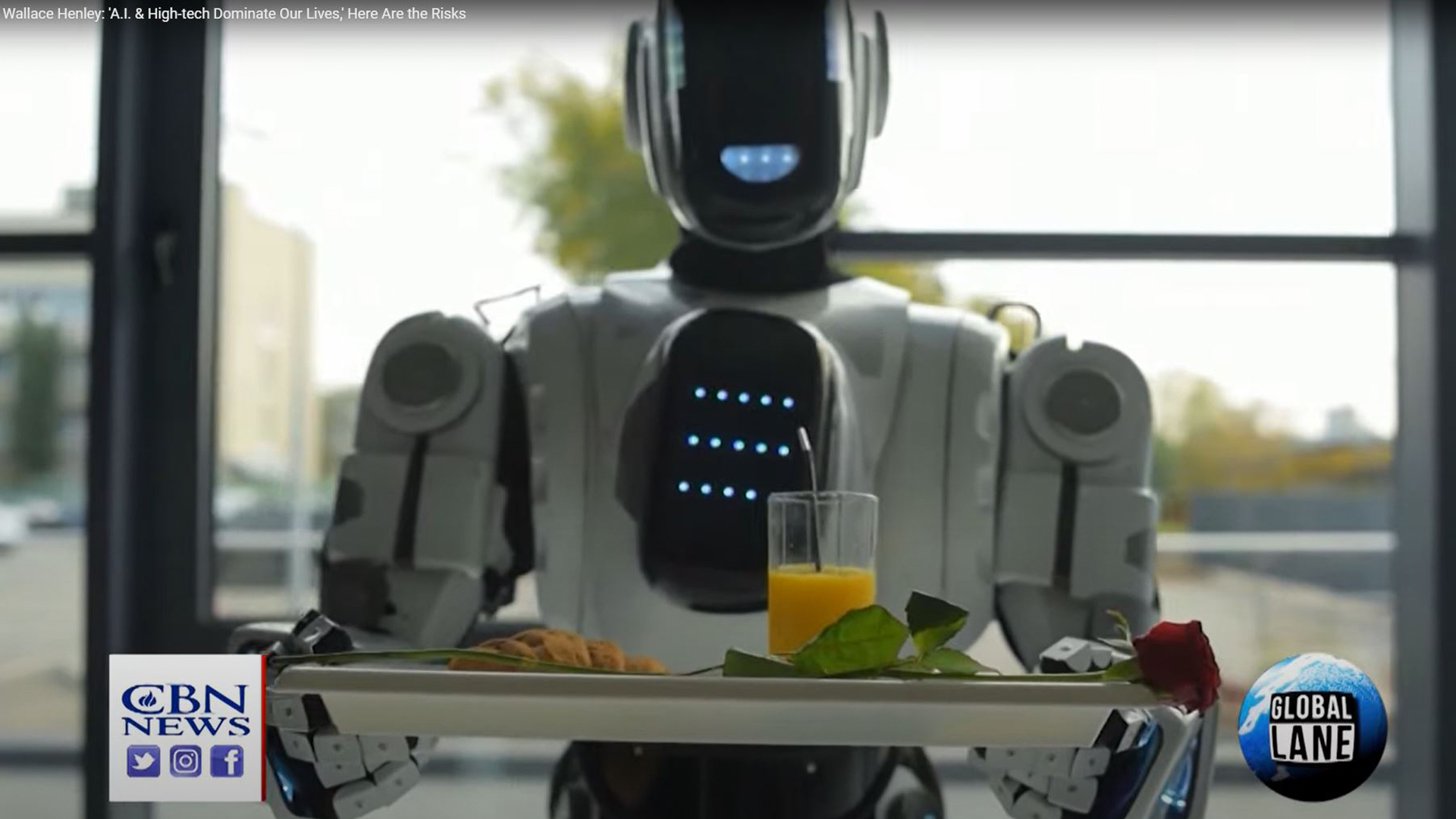
Robotics in Artificial Intelligence is a field that studies machines. The study of robotics encompasses computer engineering and mechanical engineering. The Latin word "forced work" gives rise to the term robot. It refers primarily to industrial machines capable in a wide range tasks. These machines could one day replace humans in various occupations. We will be discussing the fundamentals of AI problem-solving as well as the relationship between humans, robots, and machines in this article.
Artificial Intelligence and Robotics Applications
Robots can learn from experience and get feedback so that they can act in complex environments. Using machine learning, robotics can develop a decision sequence for a complex environment. An inventory robot needs to know the location of all its stock and how it can retrieve it. It should also be able to find other robots in the area so that it can safely deliver and retrieve them. A warehouse must store 90,000. Warehouse automation wouldn't be financially viable without machine learning. With the right AI, engineers can provide images of new parts to feed to the robot, and the robot will pick up those parts.

Robotics will be able to expand into many sectors when powered by AI. The usefulness of robots will expand exponentially when they are integrated with AI. The future looks bright for humanity. Robotics is a field with endless applications. Robotics can change the way we work and play. AI can simplify lives and save time by using the best robotics. You can complete a task without worrying about your time with the right robotics.
AI problem-solving basics
Artificial intelligence is one type of computer programming. It is a collection of algorithms and data structures that solves a specific task. It uses metrics to identify a problem and find a solution. AI robots can analyze large numbers of legal documents to ensure the correct fields are filled in. This type AI system is already used in self-driving vehicles.
First, you need to understand the basics of AI and robotics. The idea that computers can solve problems when given the right inputs is what drives this process. Researchers train robots by providing them with training data and other inputs. The AI then evaluates these data and determines the best course. Alpha Go is a great example of a robot with artificial intelligence. You can also teach a robot how to play a particular game by giving it instructions.
Human-robot relationships
There is a great deal of debate in computer science about the similarity between human and robot. While robots and humans share some commonalities, they differ in many other ways. It is important for humans to be able to see how similarities and differences can be used in improving the robot-human relationship. Let's explore some of these differences. An essential part of building an intelligent robotic machine is creating an explanation that humans can trust.

It is still a controversial question whether humans will form emotional attachments with robots. Some argue that we will not develop true friendships until robots have been trained to make decisions based on their preferences, but we've always had emotional attachments to objects. However, robots that are friendlier could be appealing to people with more complex emotions. Researchers disagree. They believe humans will be able form a bond between robots.
FAQ
Are there any AI-related risks?
Of course. There always will be. AI poses a significant threat for society as a whole, according to experts. Others believe that AI is beneficial and necessary for improving the quality of life.
AI's potential misuse is one of the main concerns. Artificial intelligence can become too powerful and lead to dangerous results. This includes robot dictators and autonomous weapons.
AI could take over jobs. Many fear that robots could replace the workforce. Some people believe artificial intelligence could allow workers to be more focused on their jobs.
Some economists believe that automation will increase productivity and decrease unemployment.
What is the future role of AI?
Artificial intelligence (AI), which is the future of artificial intelligence, does not rely on building machines smarter than humans. It focuses instead on creating systems that learn and improve from experience.
In other words, we need to build machines that learn how to learn.
This would allow for the development of algorithms that can teach one another by example.
Also, we should consider designing our own learning algorithms.
It's important that they can be flexible enough for any situation.
Who created AI?
Alan Turing
Turing was born in 1912. His father was a priest and his mother was an RN. He excelled in mathematics at school but was depressed when he was rejected by Cambridge University. He started playing chess and won numerous tournaments. After World War II, he was employed at Bletchley Park in Britain, where he cracked German codes.
He died in 1954.
John McCarthy
McCarthy was born 1928. He studied maths at Princeton University before joining MIT. There he developed the LISP programming language. He had already created the foundations for modern AI by 1957.
He died in 2011.
What's the status of the AI Industry?
The AI industry is growing at an unprecedented rate. Over 50 billion devices will be connected to the internet by 2020, according to estimates. This will mean that we will all have access to AI technology on our phones, tablets, and laptops.
This shift will require businesses to be adaptable in order to remain competitive. They risk losing customers to businesses that adapt.
The question for you is, what kind of business model would you use to take advantage of these opportunities? You could create a platform that allows users to upload their data and then connect it with others. Perhaps you could offer services like voice recognition and image recognition.
No matter what your decision, it is important to consider how you might position yourself in relation to your competitors. You won't always win, but if you play your cards right and keep innovating, you may win big time!
Which countries lead the AI market and why?
China has the largest global Artificial Intelligence Market with more that $2 billion in revenue. China's AI industry is led Baidu, Alibaba Group Holding Ltd. Tencent Holdings Ltd. Huawei Technologies Co. Ltd., Xiaomi Technology Inc.
China's government invests heavily in AI development. The Chinese government has set up several research centers dedicated to improving AI capabilities. These include the National Laboratory of Pattern Recognition and State Key Lab of Virtual Reality Technology and Systems.
Some of the largest companies in China include Baidu, Tencent and Tencent. All these companies are active in developing their own AI strategies.
India is another country making progress in the field of AI and related technologies. India's government is currently focusing its efforts on developing a robust AI ecosystem.
Is Alexa an artificial intelligence?
Yes. But not quite yet.
Amazon created Alexa, a cloud based voice service. It allows users use their voice to interact directly with devices.
The Echo smart speaker, which first featured Alexa technology, was released. Other companies have since used similar technologies to create their own versions.
Some examples include Google Home (Apple's Siri), and Microsoft's Cortana.
Why is AI so important?
It is expected that there will be billions of connected devices within the next 30 years. These devices will include everything from fridges and cars. The combination of billions of devices and the internet makes up the Internet of Things (IoT). IoT devices are expected to communicate with each others and share data. They will also make decisions for themselves. A fridge might decide whether to order additional milk based on past patterns.
According to some estimates, there will be 50 million IoT devices by 2025. This is a great opportunity for companies. This presents a huge opportunity for businesses, but it also raises security and privacy concerns.
Statistics
- While all of it is still what seems like a far way off, the future of this technology presents a Catch-22, able to solve the world's problems and likely to power all the A.I. systems on earth, but also incredibly dangerous in the wrong hands. (forbes.com)
- According to the company's website, more than 800 financial firms use AlphaSense, including some Fortune 500 corporations. (builtin.com)
- That's as many of us that have been in that AI space would say, it's about 70 or 80 percent of the work. (finra.org)
- By using BrainBox AI, commercial buildings can reduce total energy costs by 25% and improves occupant comfort by 60%. (analyticsinsight.net)
- In the first half of 2017, the company discovered and banned 300,000 terrorist-linked accounts, 95 percent of which were found by non-human, artificially intelligent machines. (builtin.com)
External Links
How To
How to set Google Home up
Google Home, an artificial intelligence powered digital assistant, can be used to answer questions and perform other tasks. It uses natural language processors and advanced algorithms to answer all your questions. Google Assistant can do all of this: set reminders, search the web and create timers.
Google Home can be integrated seamlessly with Android phones. An iPhone or iPad can be connected to a Google Home via WiFi. This allows you to access features like Apple Pay and Siri Shortcuts. Third-party apps can also be used with Google Home.
Like every Google product, Google Home comes with many useful features. For example, it will learn your routines and remember what you tell it to do. It doesn't need to be told how to change the temperature, turn on lights, or play music when you wake up. Instead, just say "Hey Google", to tell it what task you'd like.
Follow these steps to set up Google Home:
-
Turn on Google Home.
-
Hold the Action button at the top of your Google Home.
-
The Setup Wizard appears.
-
Click Continue
-
Enter your email address.
-
Choose Sign In
-
Google Home is now available